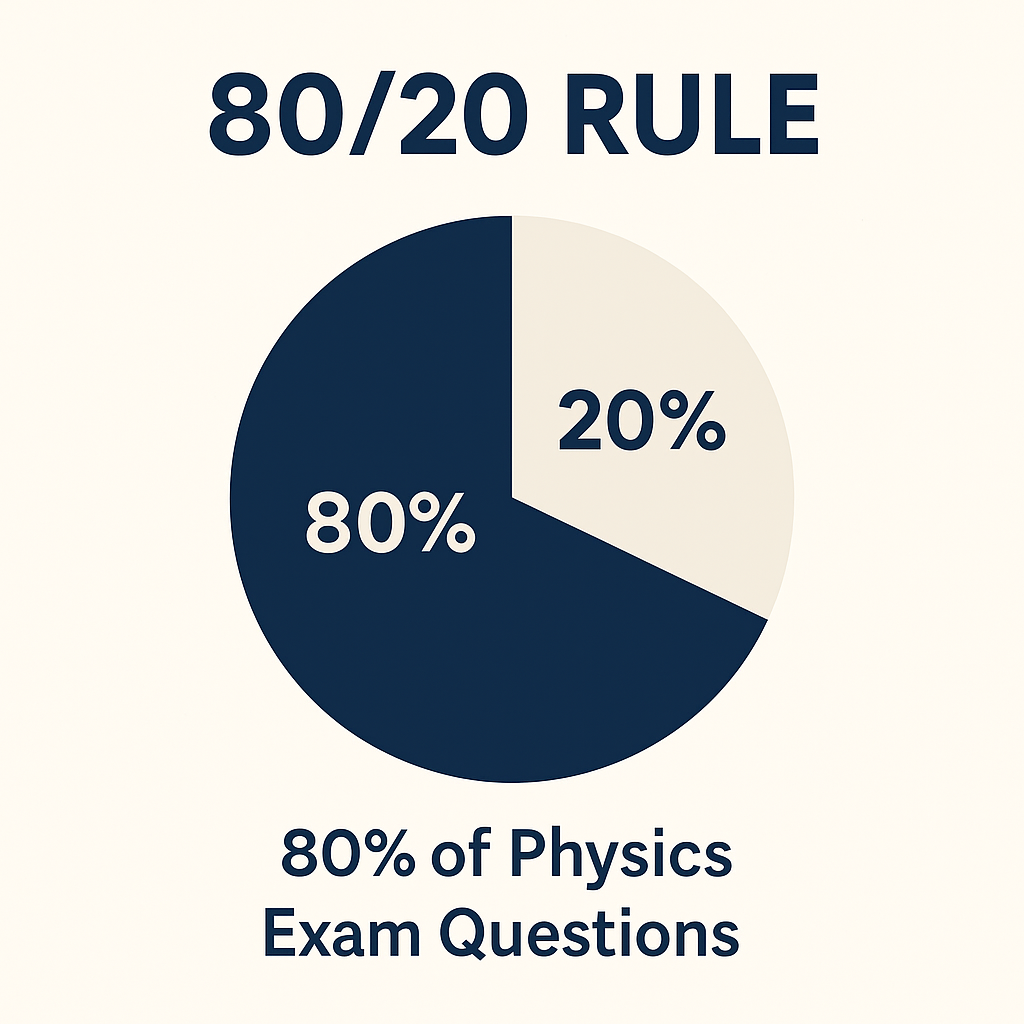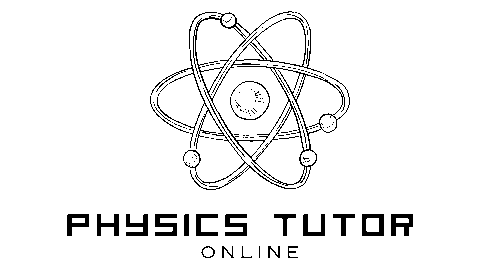The 80/20 Rule of Physics Revision: Focus Where It Counts

Time is tight and there’s a lot to revise, but not all of it is equally important. Here’s something most students don’t realise: in physics (and in life), the 80/20 Rule often applies. That means roughly 20% of the content gets tested 80% of the time.
I see it all the time. Students spend hours revising obscure topics but get caught out on basics like energy stores or Newton’s laws.
Here’s how to use the 80/20 rule:
1. Know What Comes Up
Go through past papers. Look at what appears again and again, circuits, forces, radioactivity, motion graphs. These are your “high-return” topics. Prioritise them.
2. Use Interleaving
Mix up your revision, don’t just spend a whole day on electricity. Do 20 mins of electricity, 20 mins of forces, 20 mins of waves. The brain likes the challenge, and it improves retention.
3. Avoid “Comfort Revision”
We all like revising what we already know; it feels productive. But it’s not where the gains are. Focus on the stuff you avoid; that’s where the improvement happens.
Combine with Retrieval Practice
Use the 80/20 rule with active recall. For example:
- Write down 3 past paper questions from your high-priority topic.
- Solve them from memory.
- Review where you went wrong and correct it.
Track Your High-Yield Topics
Make a list of your high-impact areas:
- Energy stores & transfers
- Newton’s laws
- Circuit rules (series/parallel)
- Radioactivity and half-life
Spend more time on these, but keep interleaving them so you revisit concepts in new contexts.
Final thought:
Be strategic. Find the high-yield topics, hit them hard, and return to them often. You’ll get more marks for less effort, and that’s just smart revision.
Have a look at the past papers or the notes for your exam board.
And don’t forget to check your specification. Edexcel, AQA, or Cambridge
